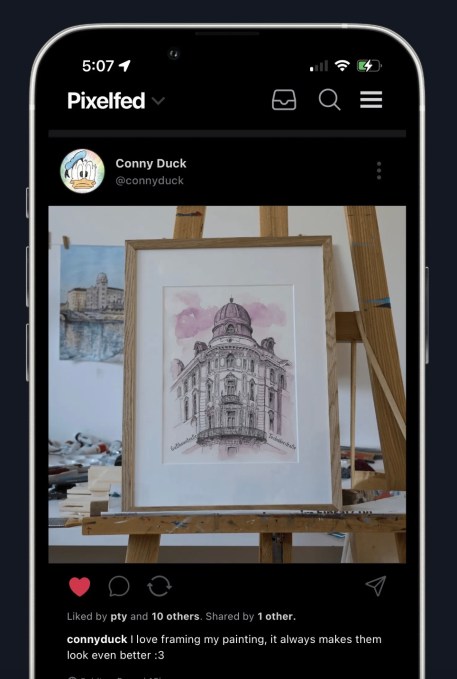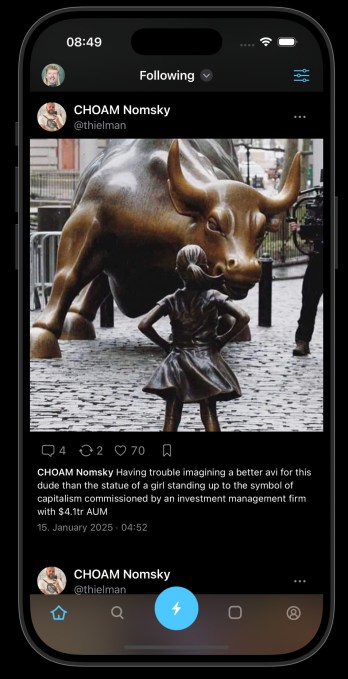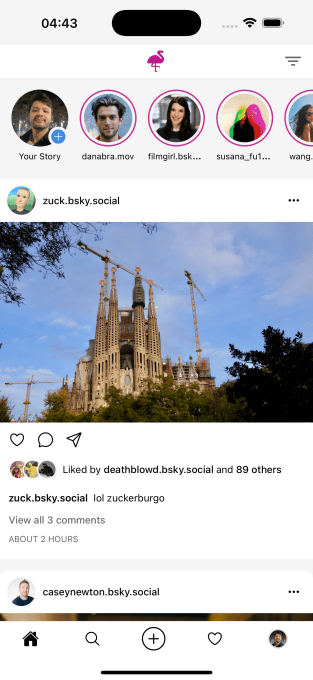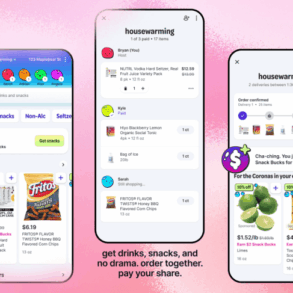Consumer demand for alternatives to Big Tech’s social apps is heating up. Alternative social networks like Bluesky and Mastodon are gaining traction with people looking to leave X, while others are building ban-proof TikTok alternatives on open protocols. Similarly, many independent developers are also working on open, decentralized alternatives to Instagram, Meta’s flagship photo-sharing app with over 2 billion monthly active users.
While none of the newcomers is anywhere near ready to rival Meta’s size and scope, their ability to even carve out a small niche within Meta’s shadow is compelling. They’re also arriving at a time when investors have started to take notice of the growing open social web. Gen Z folks, meanwhile, recently signaled they’re more likely to leave TikTok for another Chinese social app rather than return to Instagram.
Below are some of the apps working to build Instagram alternatives on open protocols like Bluesky’s AT Protocol and ActivityPub, used by Mastodon and others.
Pixelfed

Though not a new service, the photo-sharing site Pixelfed in January launched official mobile apps for iOS and Android. The app is built on ActivityPub, used by Mastodon, a YouTube competitor called PeerTube, and many others, including now Meta’s Threads and Flipboard (plus its newer app, Surf). Together, these apps form what’s called the “fediverse,” a reference to the federated servers that comprise it.
Similar to Instagram, Pixelfed lets users share and explore photos and videos and send direct messages. However, unlike Instagram, Pixelfed is ad-free, open source, decentralized, and defaults to chronological feeds — which are its selling points to users.
Within its first two days on the market, Pixelfed’s mobile apps topped 10,000 downloads, developer Daniel Supernault said on Mastodon.
Flashes

Flashes, an Instagram alternative built on top of the Bluesky social network, opened its doors to beta testers just last week. Like Bluesky, the app runs on AT Protocol and is limited to Bluesky’s same image and video requirements, meaning up to 4 photos per post and videos up to a minute in length.
As it’s essentially a photo-first Bluesky client, users who post on Flashes will have their posts appear on Bluesky, while Bluesky users’ comments on those posts will also appear on Flashes. The app is part of a trio of Bluesky clients built by developer Sebastian Vogelsang, which also includes a Twitter-like app Skeets and a video app Bluescreen. Eventually, the idea is to offer premium subscriptions that span these apps, allowing people to switch between clients.
Pinksky

Another Bluesky client, Pinksky, is also tackling the idea of offering a photo-first view of the social network. Designed to attract former Instagram users who want to connect over photos instead of viral content or Reels, the app features a familiar interface — including a tappable Stories section at the top. But unlike new apps built from scratch, Pinksky users can tap into their existing network of friends and followers from Bluesky, even if those people aren’t also Pinksky users yet.
For now, the app is just a Bluesky client, but if there’s enough demand, Pinksky may expand to include other technologies, like integrations with ActivityPub or Nostr. So far, the app is free to use, though it may later add premium features if it grows enough to support monetization.
Skygram

Currently a work in progress, Skygram is a web-based app designed to offer a more photo-centric Bluesky experience. Within Skygram, users can switch between interest-based feeds at the top of the screen, like Gardening, Dogs, and others, for example. Still fairly rudimentary, Skygram’s code is available on GitHub as the work continues.
This post was originally published on this site be sure to check out more of their content







